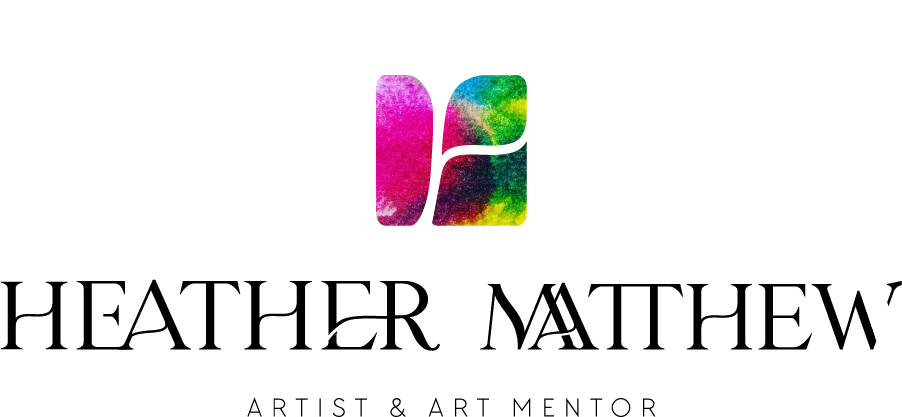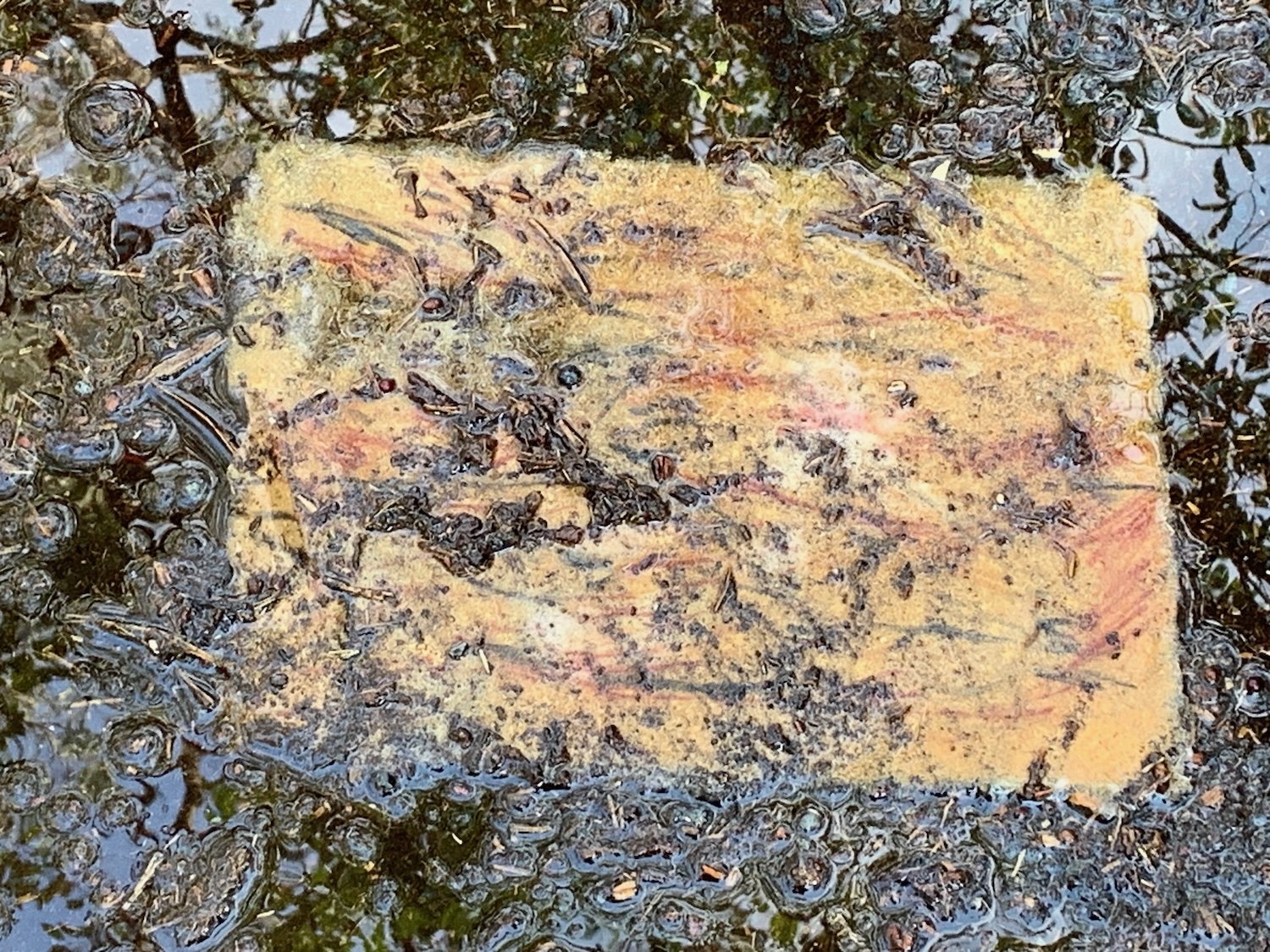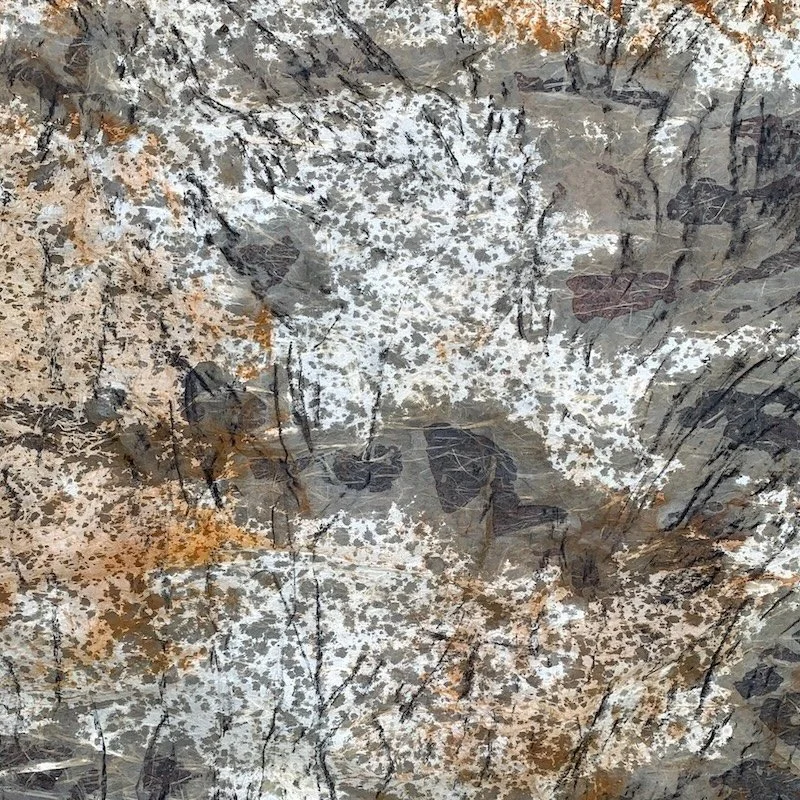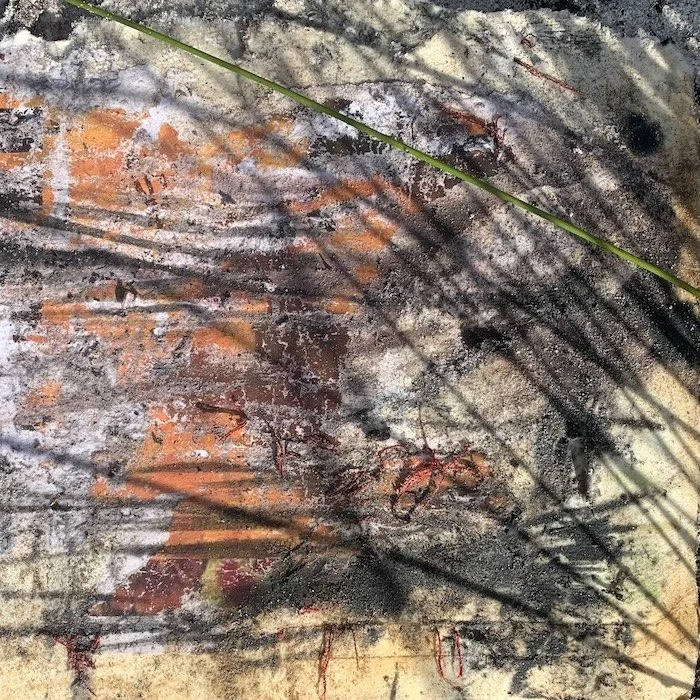Achieving Success
Mangrove drawing - charcoal and Derwent Inktense pencil on paper
I often hear people say “I’m not a proper artist, I can’t draw”. When the drawing doesn’t work out ‘perfect’, they can feel cheated and give up. This was me for many years, thinking that drawing was a prerequisite for being an artist.
I used to dread life drawing classes at TAFE. I felt that I failed every session. It was excruciating. I would have loved to have a teacher who said “draw with big arm gestures” or “draw scribbles”. I was still hanging onto the story that was installed in me that if it doesn’t look like what you see in front of you, then it is a failure. That story could have been reframed - if the proportions are all wonky, then its a Picasso!
The drawing experiments I’ve been doing in the wetlands around my house have been totally liberating. I don’t try to draw what I see, I let what I see draw itself….like sand making its own marks as it drips off wet paper, or allowing the paper to dissolve and fall apart in water. When I collect the pieces of paper and reassemble them, the holes become part of the artwork. I’m learning how far I can push my materials and work with them under different conditions, so it’s a drawing success.
There’s an energy in drawing that comes from mark making on site. I have always loved the works of artist John Wolseley. He inspires me with his investigations into depicting birdsong and working “in collaboration” with nature. I have seen many of his exhibitions , but the exhibition which has had the most impact was Heartlands and Headwaters at the NGV (National Gallery of Victoria) in 2015.
As part of the exhibition, there was a video of Wolseley swimming in a dam, getting handfuls of mud and smearing onto his long sheet of paper. He then inked up a dead pelican and placed it on the paper as a print mark. You can watch the video on Youtube here. While this could be deemed to be a bit radical, it was probably no more radical than the Japanese art of Gyotaku, fish printing as practiced by fishermen to document the size and shape of the fish they caught.
Wolseley talks a lot about his method of creating marks with nature, starting from when he walked in a forest that had just gone through a fire. The charcoal marks made by the trees told their own story. I used this myself when at an artist residency at BigCi in the Blue Mountains after the 2019 bushfires. It also rained and flooded the Richmond valley when I was there, so I submerged my papers in the muddy flood puddles.
This time I’ve started drawing in sea water as well, creating marks around the patterns of sand, letting the mangroves poke holes in the paper and taking photos of the works as an ephemeral image in itself. As I get to know each site, the types of marks I make become more distinct. I’m now starting to record reflections as part of my process. It’s the fun and intrigue which keep me interested in this process. In my books, that’s achieving success!
Handmade paper with drawing marks and leaf debris floating in a puddle. The reflections add to the image.





